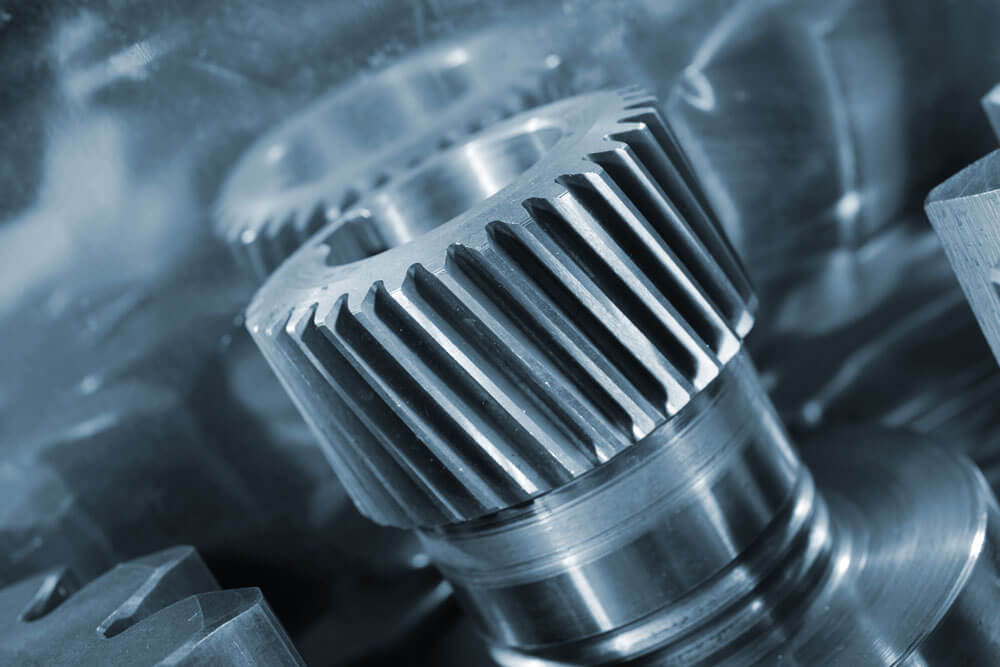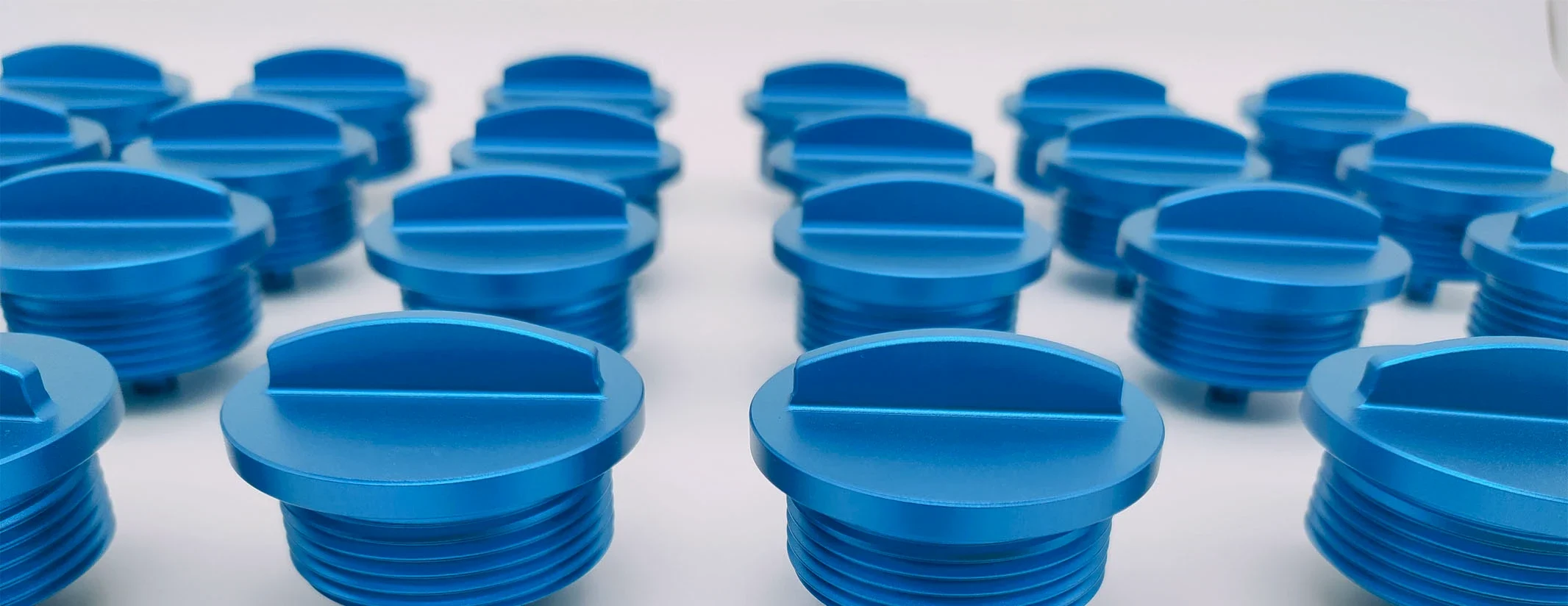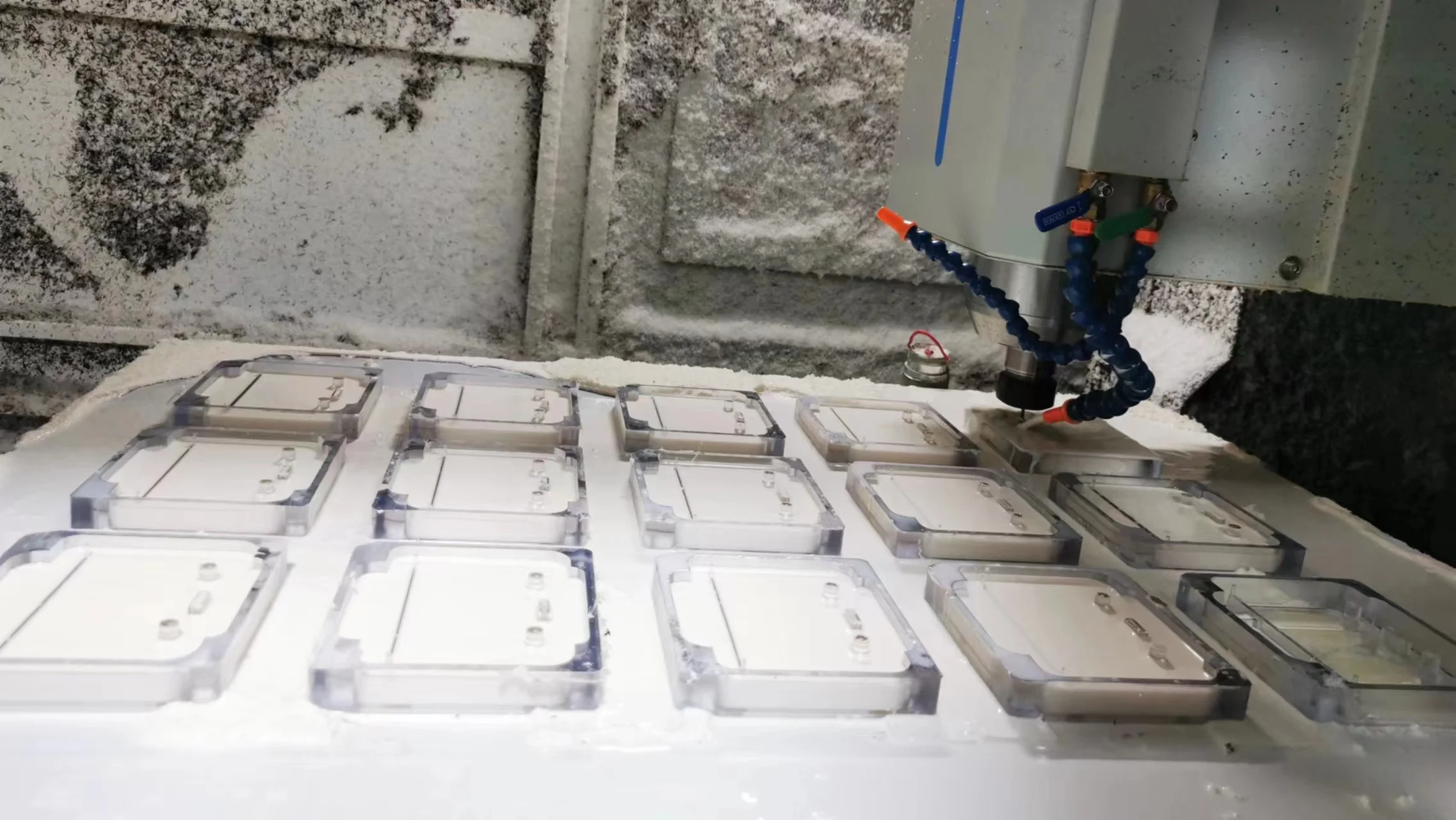Table of Contents
Same as parallelism GD&T, perpendicularity GD&T is also one of the orientation symbols in GD&T, used to control the relative perpendicular relationship between specific feature and reference feature.
Perpendicularity GD&T is a kind of key tolerance to ensure good assembly and steady structure in engineering and manufacturing. It is supposed to get comprehensive knowledge of GD&T perpendicularity and learn to apply it correctly.
Key Takeaways:
- GD&T Perpendicularity is an orientation tolerance that ensures a 90-degree relationship between a feature and a datum. It has two types: surface perpendicularity, controlled by two parallel planes, and axis perpendicularity, controlled by a cylindrical zone.
- Measurement methods vary by precision needs: square rulers for quick checks, dial gauges for medium accuracy, and CMMs for high precision. Axis perpendicularity can use bonus tolerance with MMC/LMC modifiers.
- Unlike flatness (which controls shape without a datum), perpendicularity always references a datum. It is essentially angularity specialized for 90-degree control, crucial for accurate assembly and structural reliability.
1. What is Perpendicularity GD&T?
In the first part, we will explain what is perpendicularity in GD&T, including its definition, tolerance zone and callout. They are the bases to use perpendicularity correctly in manufacturing.
1.1. Perpendicularity GD&T Definition
Perpendicularity GD&T is a kind of orientation tolerance to control that the measured elements maintain theoretically perpendicular to the datum elements. Perpendicularity GD&T is used to control the measured surface or axis, keeping 90° with the datum surface or axis.
As we all know, it is nearly impossible to keep one element completely perpendicular to another element, though we try hard to achieve it. That is where perpendicularity comes into play.
Perpendicularity tolerance refines a permissible zone where the measured elements can certainly deviate from the perfect perpendicular orientation relative to the datum elements.
1.2. Perpendicularity GD&T Tolerance Zone
Based on the particular controlled elements and specific functions, perpendicularity is divided into two types in GD&T. The are respectively surface perpendicularity and the axis perpendicularity.
For surface perpendicularity, the tolerance zone is comprised with two parallel planes that are both perpendicular to the datum surface. All of the points on the measured surface must lie within the two parallel planes.
Perpendicularity does not directly control the relative angle of the measured surface; instead, it controls the envelope where the measured surface is required to be. Therefore, the tolerance value is the perpendicular distance between the two parallel planes.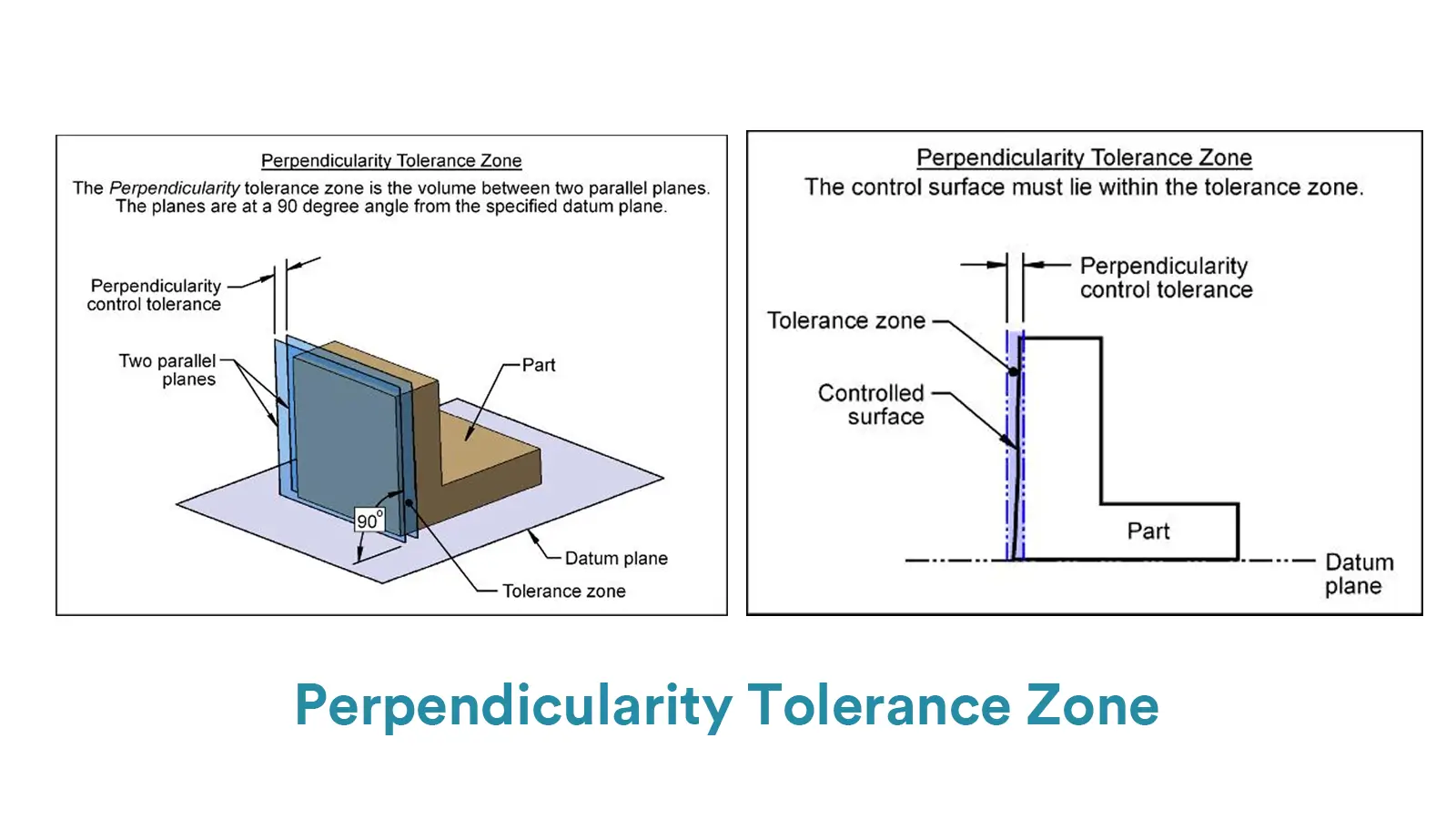
For axis perpendicularity, the tolerance zone is a cylinder whose central axis is theoretically perpendicular to the datum line or surface. All points of the measured axis must lie within the reference cylinder.
And the tolerance value is the diameter of the cylindrical zone. More importantly, as axis perpendicularity is applied to feature of size, it can be used with material modifiers(MMC and LMC). That would give the axis perpendicularity tolerance a bonus tolerance.
1.3. Perpendicularity GD&T Callout
For surface perpendicularity, the feature control frame consists of three factors.
The first one is the symbol of GD&T perpendicularity, which is comprised of two short perpendicular lines, just like an upended “T”.
The second factor is the tolerance value of the surface perpendicularity, which is the shortest distance between the two parallel planes of the zone.
And the third part is the datum symbol. The callout is shown by connecting the feature control frame to the controlled surface or its extension line with a pointing arrow.
For axis perpendicularity, the feature control frame is also composed with three factors.
The first one is the same factor as that of surface perpendicularity, the GD&T symbol of perpendicularity.
While the second part is very different from surface perpendicularity. As the tolerance zone of axis perpendicularity is a cylinder and the tolerance value is the diameter of the cylinder, the symbol of diameter and the value of tolerance are shown in the second part successively.
And the symbol of material modifier(
The callout of axis perpendicularity is shown through pointing to the measured axis by a leader arrow connected with feature control frame.
2. How to Measure Perpendicularity GD&T?
In this part, we will provide comprehensive guides on how to measure perpendicularity GD&T, including the tools, steps as well as their respective advantages and disadvantages.
2.1. Using Square Ruler to Measure Perpendicularity GD&T
Square rulers are a kind of simple tool for perpendicularity GD&T measurement. They are suitable for on-site quick inspection and is simple to operate.
What’s more, they have edge in low cost and high efficiency for small components.
However, they seriously rely on skill and experience of operators, and they are disadvantage in limited accuracy(typically ±0.05mm), only suitable for features with low requirement on accuracy. The concrete steps to use this method on perpendicularity measurement are listed below:
Firstly, press the reference edge of the square ruler firmly against the datum surface of the measured component.
Secondly, observe the gap between the other side of the square ruler and the measured surface. And then use a feeler gauge to measure the gap or judge the uniformity of the gap by light leakage.
Thirdly, calculate the deviation of perpendicularity by trigonometry based on the length and height of the gap. If the deviation value is smaller than the tolerance value, the measured feature passes.
Below is an example to show surface perpendicularity measurement using square ruler block and surface gauge.

2.2. Using Dial Gauge with Surface Plate to Measure Perpendicularity
We have produced that dial gauge with surface plat can be used to measure Parallelism GD&T. It is also a common method to measure perpendicularity GD&T.
This method is suitable to measure component with medium-precision requirement for its higher accuracy(up to ±0.01mm) than square ruler.
But it needs precisely flat plate and stable clamping and is sensitive to environment. The concrete steps to use this method on perpendicularity measurement are listed below:
Firstly, fix the datum surface on the surface plat with precise flatness.
Secondly, fix the dial indicator to a height gauge or a magnetic stand, and place the probe on the measured surface.
Thirdly, move the indicator along the measured surface and record the difference between the max and min readings.
If the difference is smaller than the tolerance value, the measured feature passes.
Perpendicularity measurement using dial gauge photo is shown below.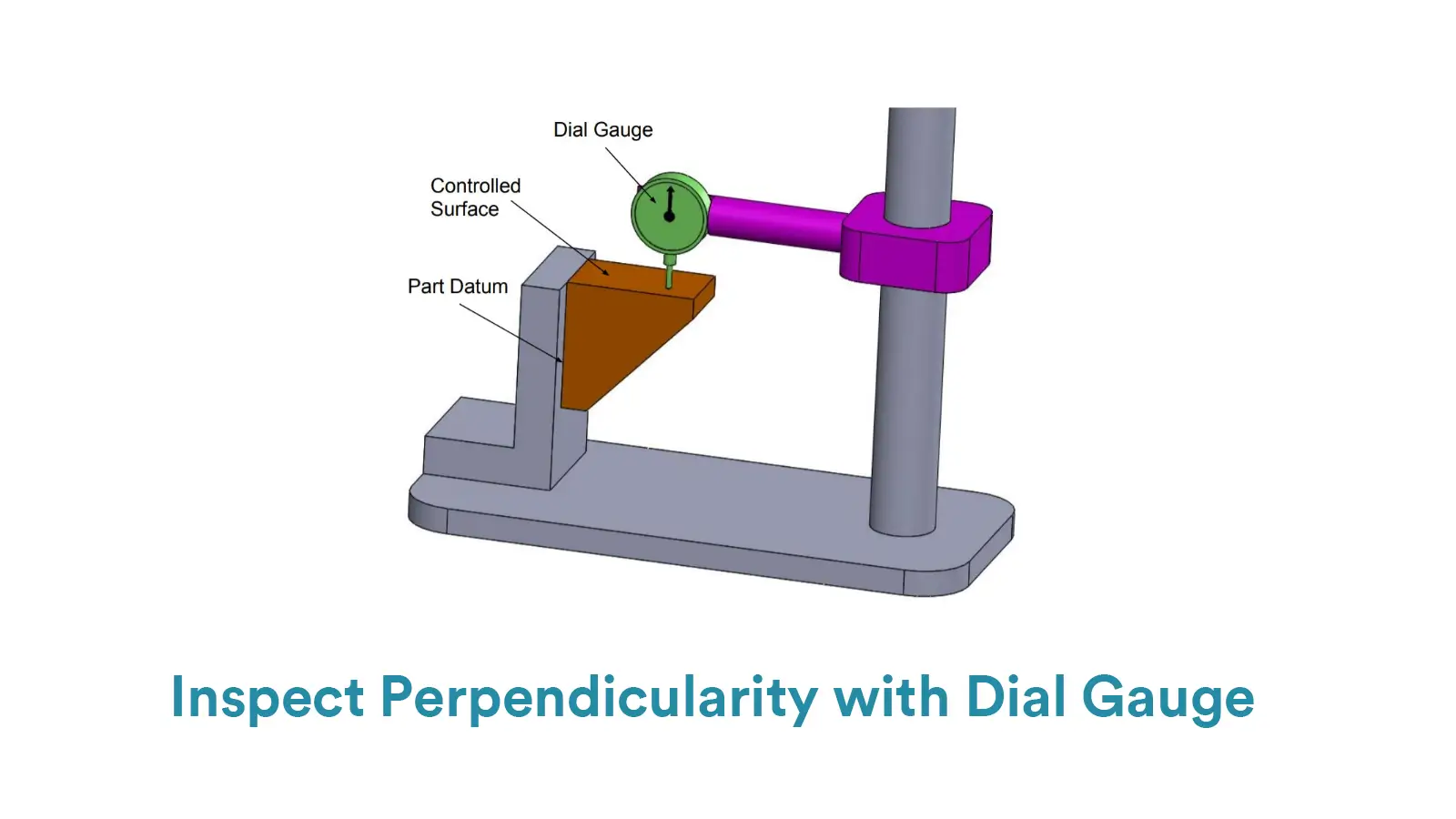
2.3. Using Coordinate Measuring Machine to Measure Perpendicularity
CMMs are automate and versatile machines that can measure components with complex geometries.
And the accuracy is up to ±0.005mm. But the cost of CMMs is high and the measuring speed is slower. The concrete steps to use this method on perpendicularity measurement are listed below:
Firstly, scan the datum surface with the probe to establish a coordinate system.
Secondly, scan the measured surface and collect data of multiple points.
Thirdly, fit planes or axes by CMM software and calculate the perpendicularity deviation. If the outcome is smaller than the tolerance value, the measured feature passes.
2.4. Using Autocollimator to Measure Perpendicularity
Compared with the above methods, autocollimator is a kind of non-contact measurement tool. With ultra-high accuracy, it is suitable for perpendicularity measurement of machine tool guides and large equipment.
However, it is disadvantage in high cost and sensitivity about vibration and temperature. The concrete steps to use this method on perpendicularity measurement are listed below:
Firstly, align the autocollimator to the datum surface until its optical axis is parallel to the datum surface.
Secondly, fix a reflector, like a right-angle prism, on the measured surface.
Thirdly, read angular deviation by autocollimator and convert to perpendicularity deviation. If the value is smaller than the tolerance value, the measured feature passes.
3. Perpendicularity VS Flatness VS Angularity
In GD&T, perpendicularity is usually related to flatness and angularity. Here we will explain their similarities and differences.
3.1. Perpendicularity VS Flatness
When it comes to flatness, you may confuse it with surface perpendicularity, since their tolerance zones are similar to some extent. Both of them measure surface deviation between two parallel planes.
But you should know that flatness is a form tolerance while perpendicularity is an orientation tolerance. It essentially causes that perpendicularity needs at least one datum while flatness is independent on datum.
Therefore, though both their tolerance zones are two parallel planes, they are different. Since perpendicularity controls the 90° angle with respect to the datum surface, the two parallel planes must perpendicular to the datum surface first and the angle deviation is controlled indirectly by the distance variation.
While for flatness, it is only concerned with the smoothness of a surface and the flatness deviation is controlled directly by the distance variation.
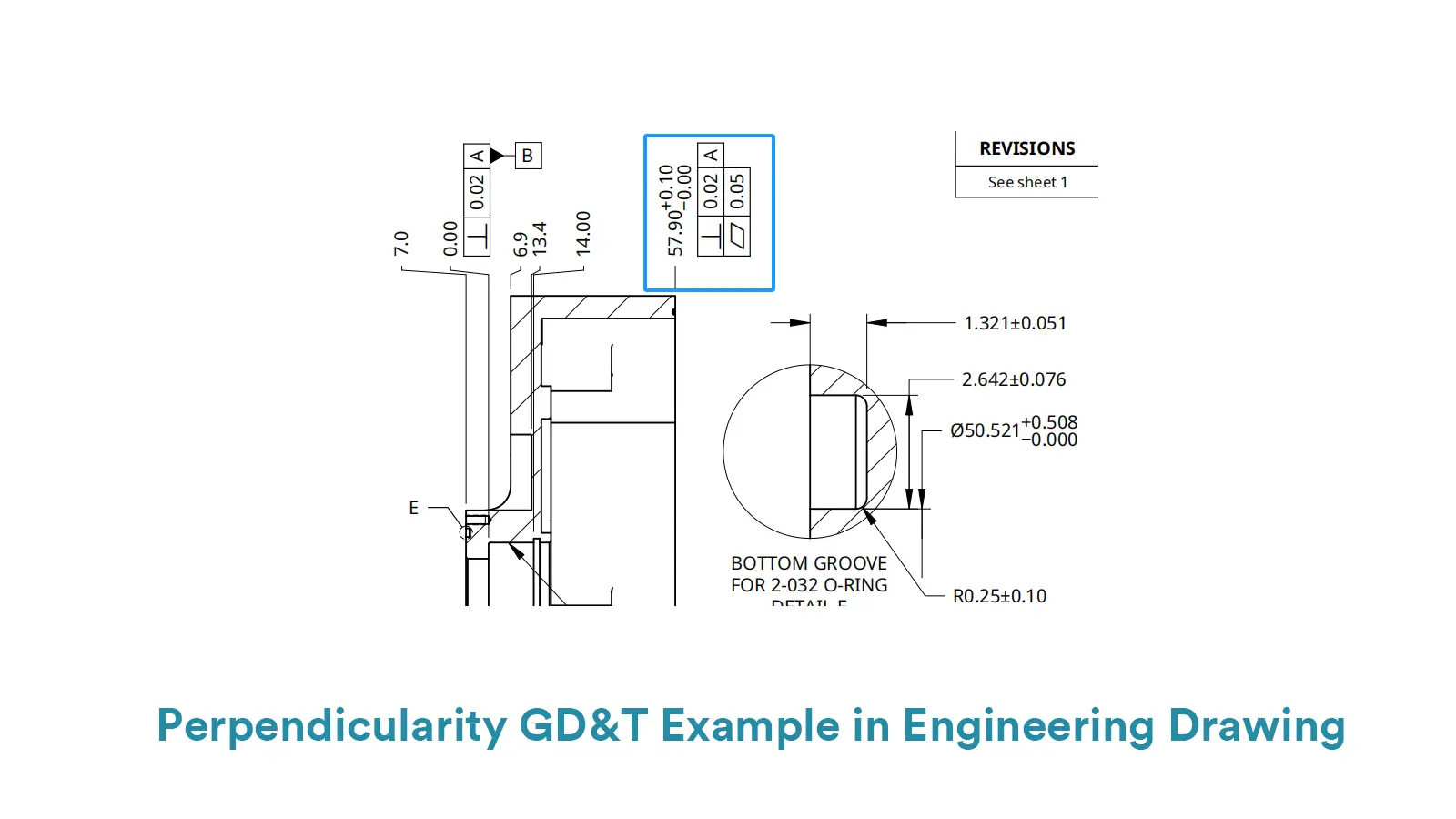
3.2. Perpendicularity VS Angularity
The relationship between perpendicularity and angularity is much similar to that between parallelism and angularity. It is said that both perpendicularity and parallelism are special forms of angularity.
While angularity is applied to maintain orientation at any specific angle, perpendicularity and parallelism respectively control 90° and 0° with datum feature.
Their tolerance zones are mostly similar to each other, two parallel planes or a cylinder, the only difference is the controlled angle with the datum feature.

4. Conclusion
As an orientation symbol in GD&T, perpendicularity is commonly applied in engineering and manufacturing and plays a critical role in these fields. If you still have confusion on perpendicularity GD&T, please contact us directly.
And we have provided comprehensive guides of Datum GD&T, Straightness GD&T, Flatness GD&T, Circularity GD&T, Cylindricity GD&T, and Parallelism GD&T in previous articles, if you want to get more knowledge of them, you can contact us too.
5. FAQ
5.1. Why is Perpendicularity GD&T Important?
Perpendicularity GD&T functions hugely in engineering design and manufacture, directly affecting the assembly accuracy, functional performance and reliability of product. Good perpendicularity can prevent assemblies from poor fitting and excessive wear.
5.2 How Bonus Tolerance Functions in Perpendicularity?
For axis perpendicularity, MMC is commonly used with it, which relates perpendicularity tolerance and size tolerance together. Then perpendicularity tolerance would usually get a bonus tolerance, which means that as the size of a positive feature shifts from the MMC condition towards the LMC condition, the allowed tolerance of perpendicularity would increase.
The formula is:
Bonus Tolerance=MMC – Actual Size of the Feature
Actual Allowed Perpendicularity Tolerance=Indicated Value + Bonus Tolerance

Lucas is a technical writer at ECOREPRAP. He has eight years of CNC programming and operating experience, including five-axis programming. He’s a lifelong learner who loves sharing his expertise.
Other Articles You Might Enjoy

GD&T Cylindricity
Cylindricity is to control the overall deviation of a cylindrical surface from a perfect geometric cylinder.

GD&T Parallelism
Parallelism GD&T is to ensure that the reference surface or axis is parallel to the datum surface or axis.

Perpendicularity
Perpendicularity GD&T is used to control the measured surface or axis, keeping 90° with the datum surface or axis.

GD&T Angularity
GD&T angularity GD&T is used to control a particular angle between the specified feature and the datum feature
